Many acclaimed directors started their careers working in special effects. This unique background gave them a deep understanding of the technical aspects of filmmaking. It also influenced their distinctive visual styles. Let’s explore some directors who made this transition.
James Cameron
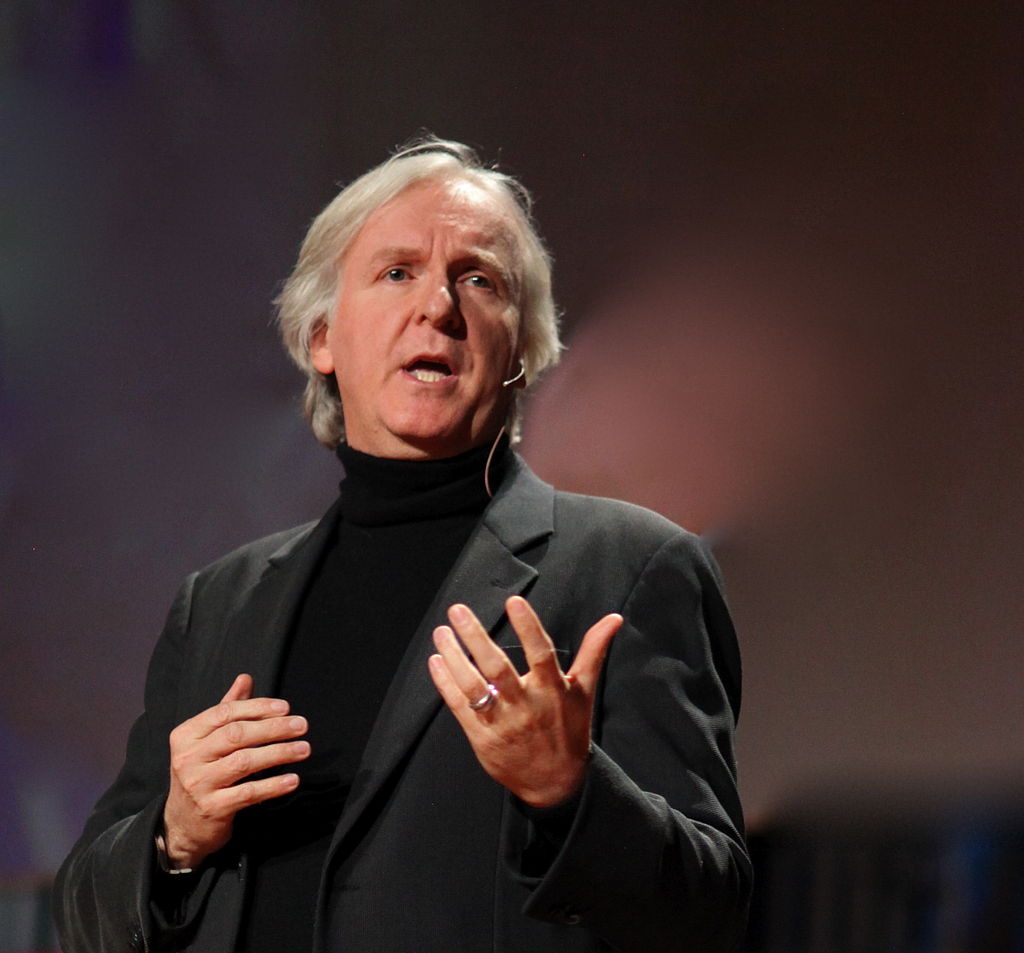
James Cameron started in special effects in the late 1970s, working on movies like “Battle Beyond the Stars” (1980). His experience with practical effects and miniatures gave him a unique perspective on filmmaking. This background helped him create visually stunning films such as “Terminator” and “Avatar.” Cameron’s technical prowess has made him a visionary director in the industry.
Peter Jackson
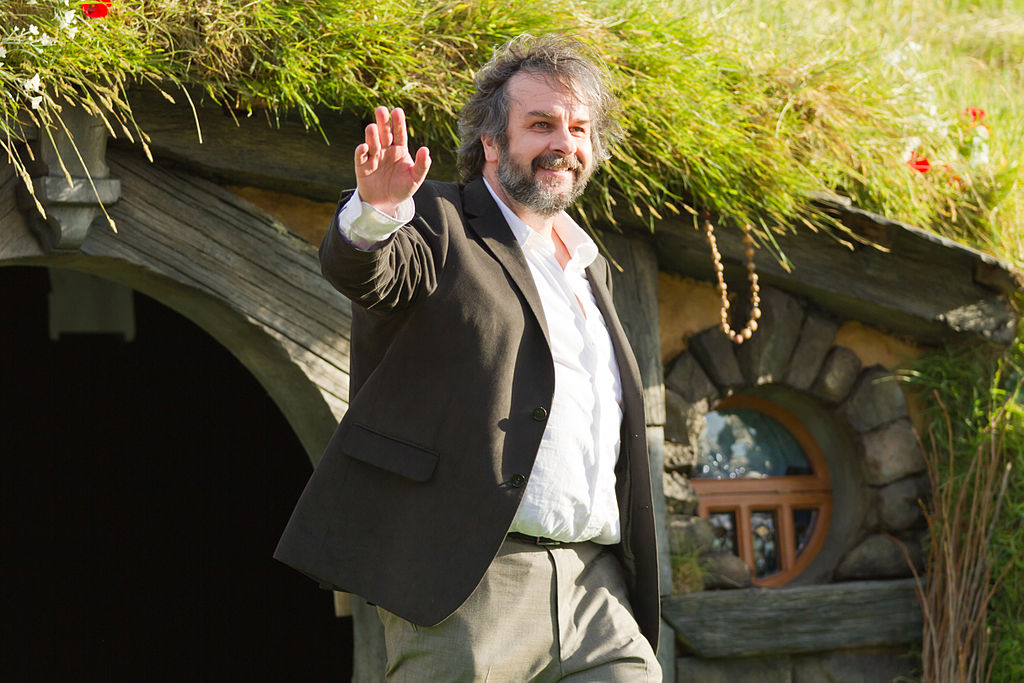
Peter Jackson began his career in special effects with his early films in the late 1980s, including “Bad Taste” (1987). His work on practical effects and creature design laid the foundation for his later success. Jackson’s expertise was crucial in the groundbreaking visual effects of “The Lord of the Rings” trilogy. His hands-on experience has made him a master of epic storytelling and visual spectacle.
Guillermo del Toro
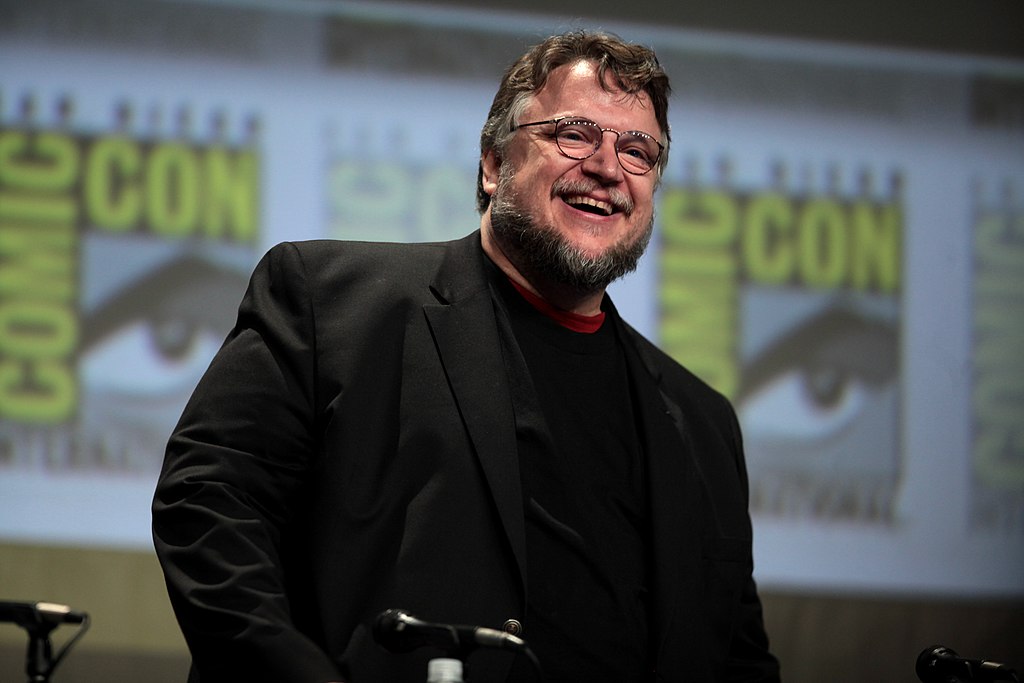
Guillermo del Toro started in special effects in the early 1990s, working on projects like “Cronos” (1993). His fascination with monsters and practical effects shaped his distinct cinematic style. Del Toro’s background in special effects is evident in his visually rich films like “Pan’s Labyrinth” and “The Shape of Water.” His ability to blend fantasy and horror has earned him critical acclaim.
Robert Zemeckis
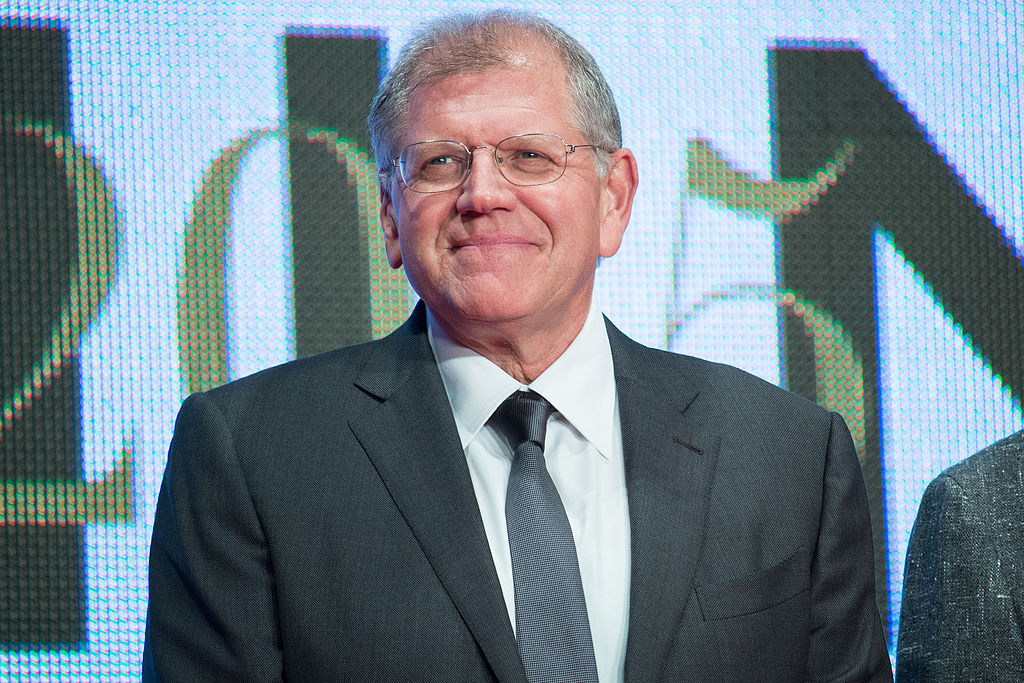
Robert Zemeckis began his journey in special effects in the late 1970s with movies like “I Wanna Hold Your Hand” (1978). His innovative use of visual effects became a hallmark of his directing style. Zemeckis’ work on “Back to the Future” and “Who Framed Roger Rabbit” showcased his ability to integrate effects seamlessly into storytelling. His groundbreaking techniques continue to influence filmmakers today.
David Fincher
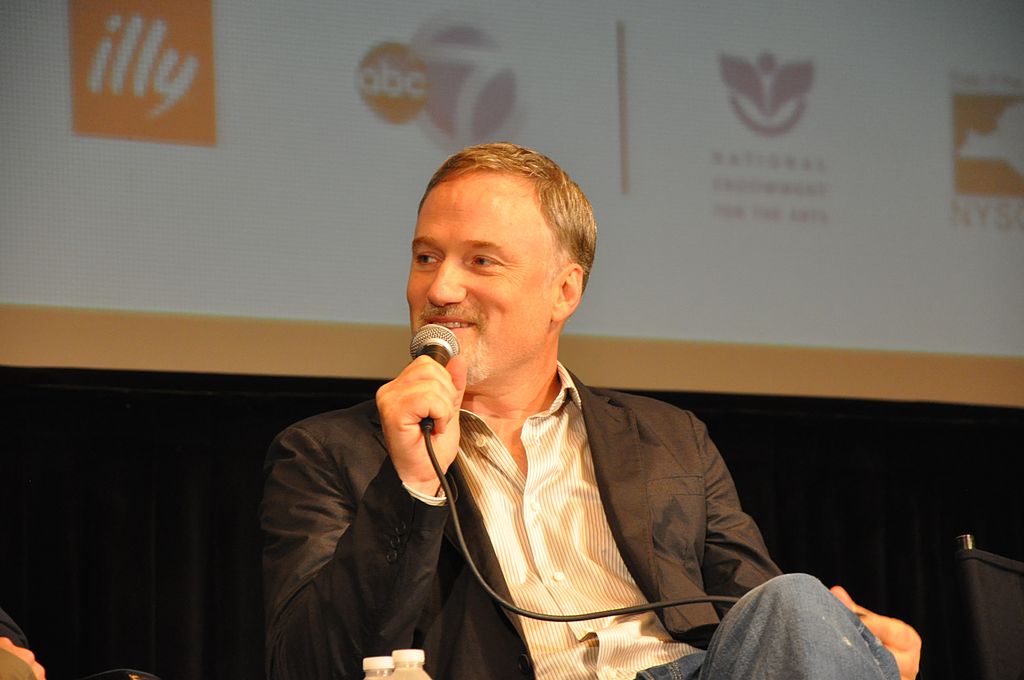
David Fincher started in special effects in the early 1980s, working at Industrial Light & Magic on movies like “Return of the Jedi” (1983). His technical skills informed his meticulous directing approach. Fincher’s films, such as “Fight Club” and “Gone Girl,” are known for their precise visual style and innovative effects. His background in special effects has made him a master of creating atmospheric tension.
Joe Johnston
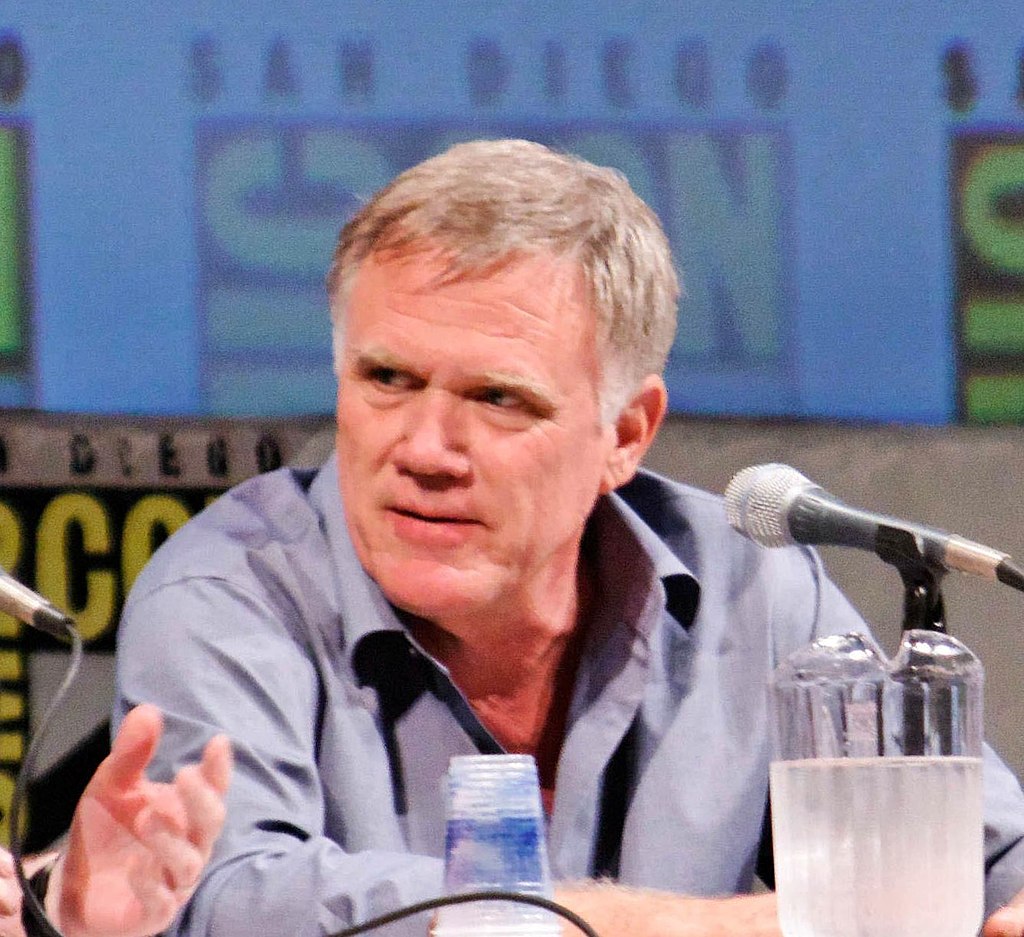
Joe Johnston began his career in special effects in the late 1970s, contributing to “Star Wars” (1977). His experience with model making and visual effects set the stage for his directing career. Johnston directed beloved films like “Honey, I Shrunk the Kids” and “Jumanji,” blending practical effects with engaging storytelling. His background has allowed him to create visually captivating family films.
Tim Burton
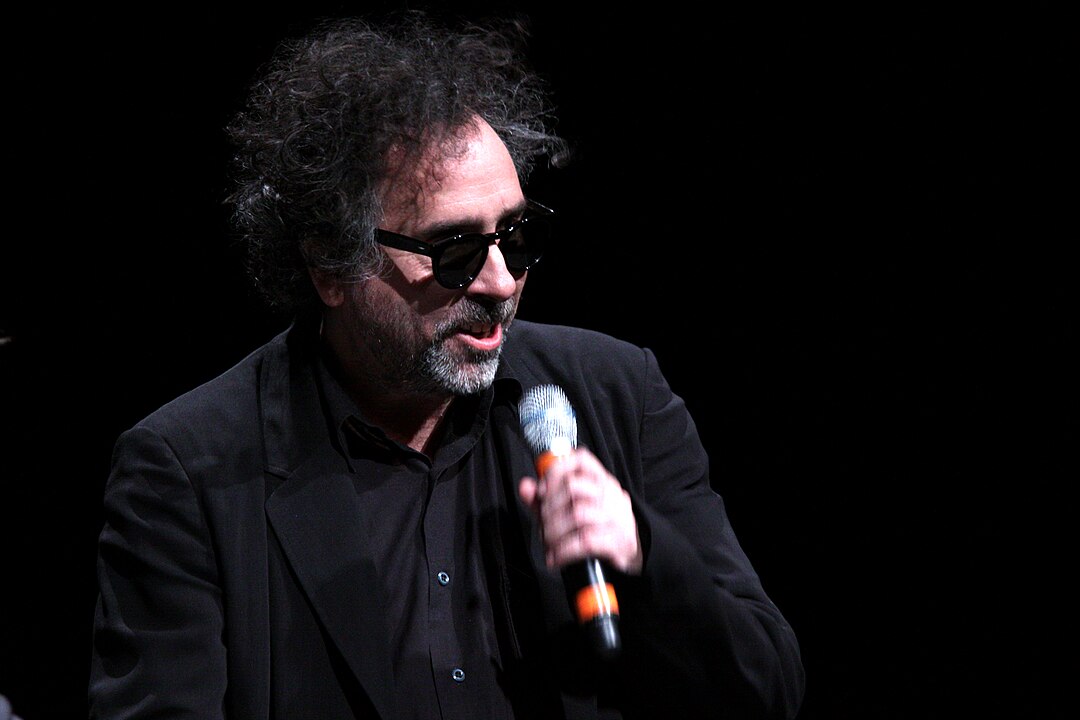
Tim Burton started in special effects in the early 1980s, working as an animator for Disney on “The Fox and the Hound” (1981). His artistic vision and experience with animation influenced his unique directorial style. Burton’s films, such as “Edward Scissorhands” and “The Nightmare Before Christmas,” are known for their gothic aesthetic and imaginative visuals. His background in special effects has made him a master of creating fantastical worlds.
Neill Blomkamp
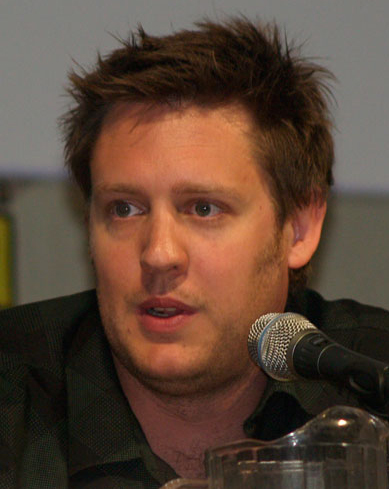
Neill Blomkamp began his career in special effects in the early 2000s, working on TV series and commercials. His experience with visual effects led to his directorial debut with “District 9” (2009). Blomkamp’s films are known for their realistic integration of CGI and practical effects. His background has allowed him to create visually stunning and socially relevant science fiction films.
Phil Tippett
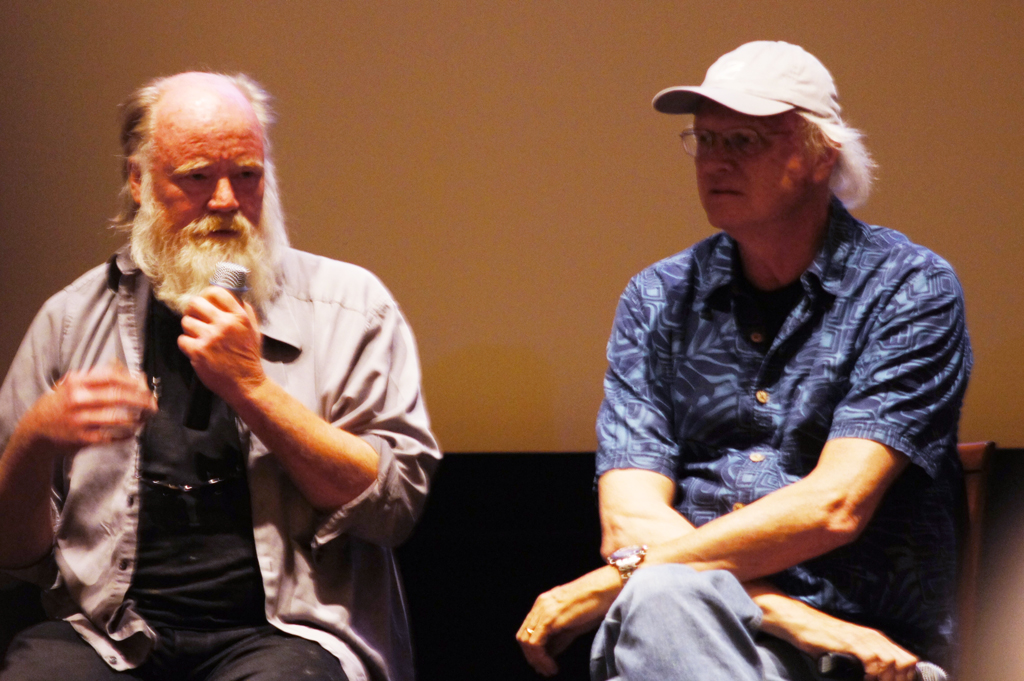
Phil Tippett started in special effects in the late 1970s, working on projects like “Star Wars” (1977). His expertise in stop-motion and creature design became the foundation for his directing career. Tippett’s work on “Jurassic Park” and “Starship Troopers” showcased his ability to bring fantastical creatures to life. His transition to directing has been marked by a deep understanding of visual storytelling.
Stan Winston
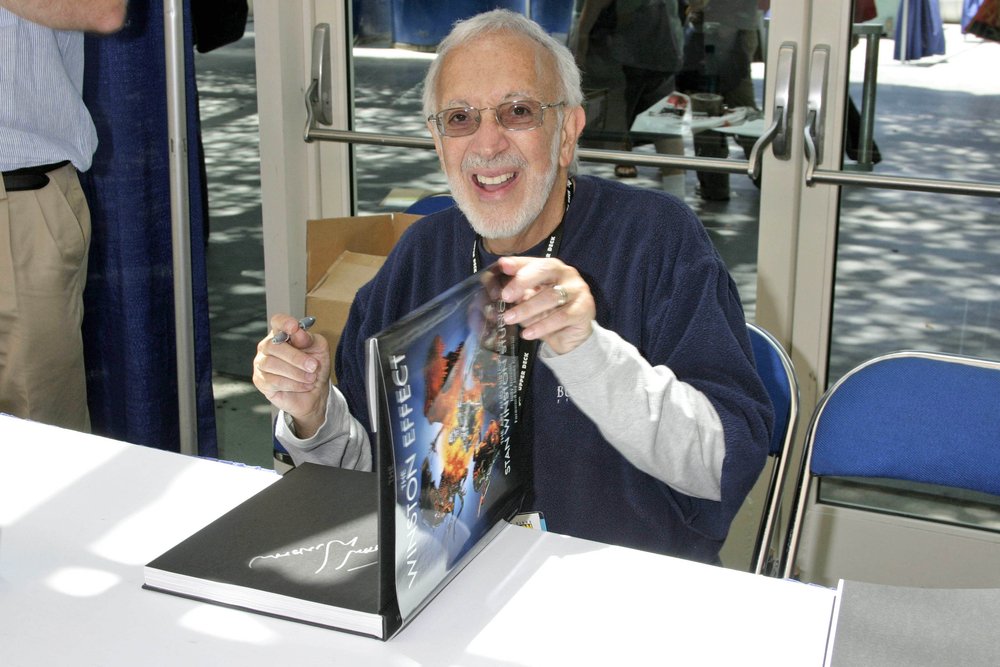
Stan Winston began his career in special effects in the early 1970s, working on TV shows like “Gargoyles” (1972). His groundbreaking work in creature effects set the stage for his directorial ventures. Winston’s contributions to films like “The Terminator” and “Aliens” are legendary in the industry. His directorial work, though less prolific, is marked by his expertise in practical effects.
John Dykstra
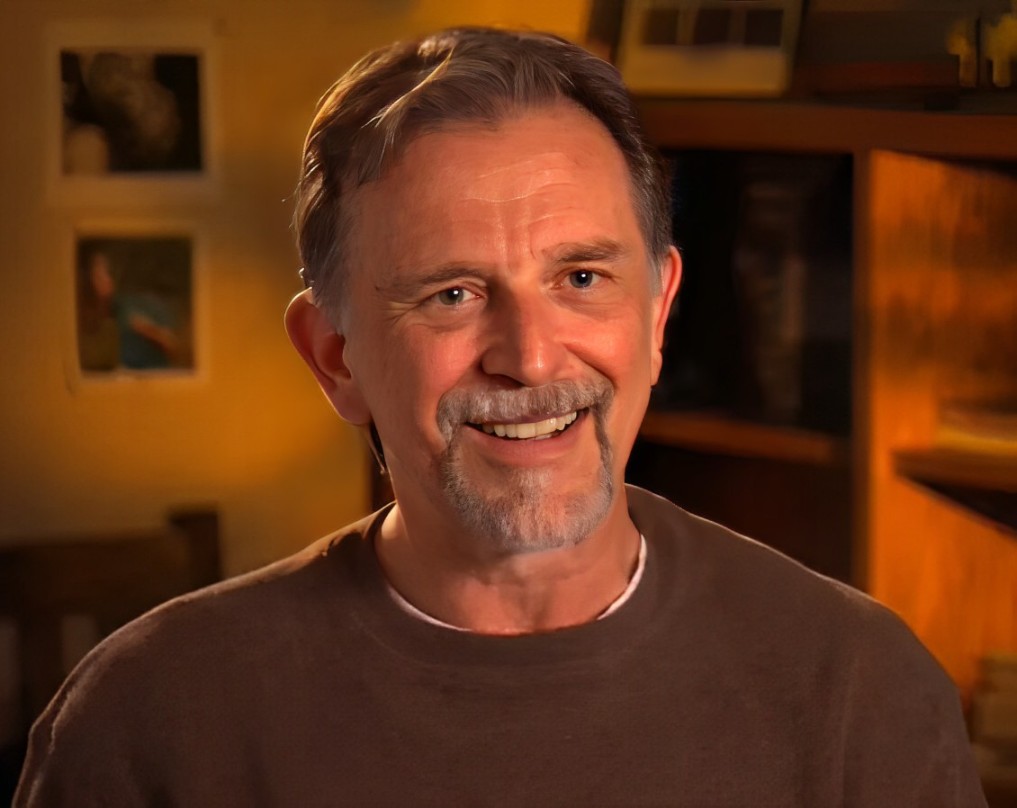
John Dykstra started in special effects in the mid-1970s, pioneering techniques for “Star Wars” (1977). His technical innovations earned him an Academy Award for Best Visual Effects. Dykstra’s transition to directing included projects like “Silent Running” and TV work. His background in special effects has made him a revered figure in both technical and creative aspects of filmmaking.
Matthew Robbins

Matthew Robbins began his career in special effects in the early 1970s, collaborating with George Lucas on “THX 1138” (1971). His technical skills influenced his later directorial work. Robbins directed films like “Dragonslayer” and “Batteries Not Included,” blending effects with heartfelt storytelling. His experience in special effects has been a key element of his creative approach.
Douglas Trumbull
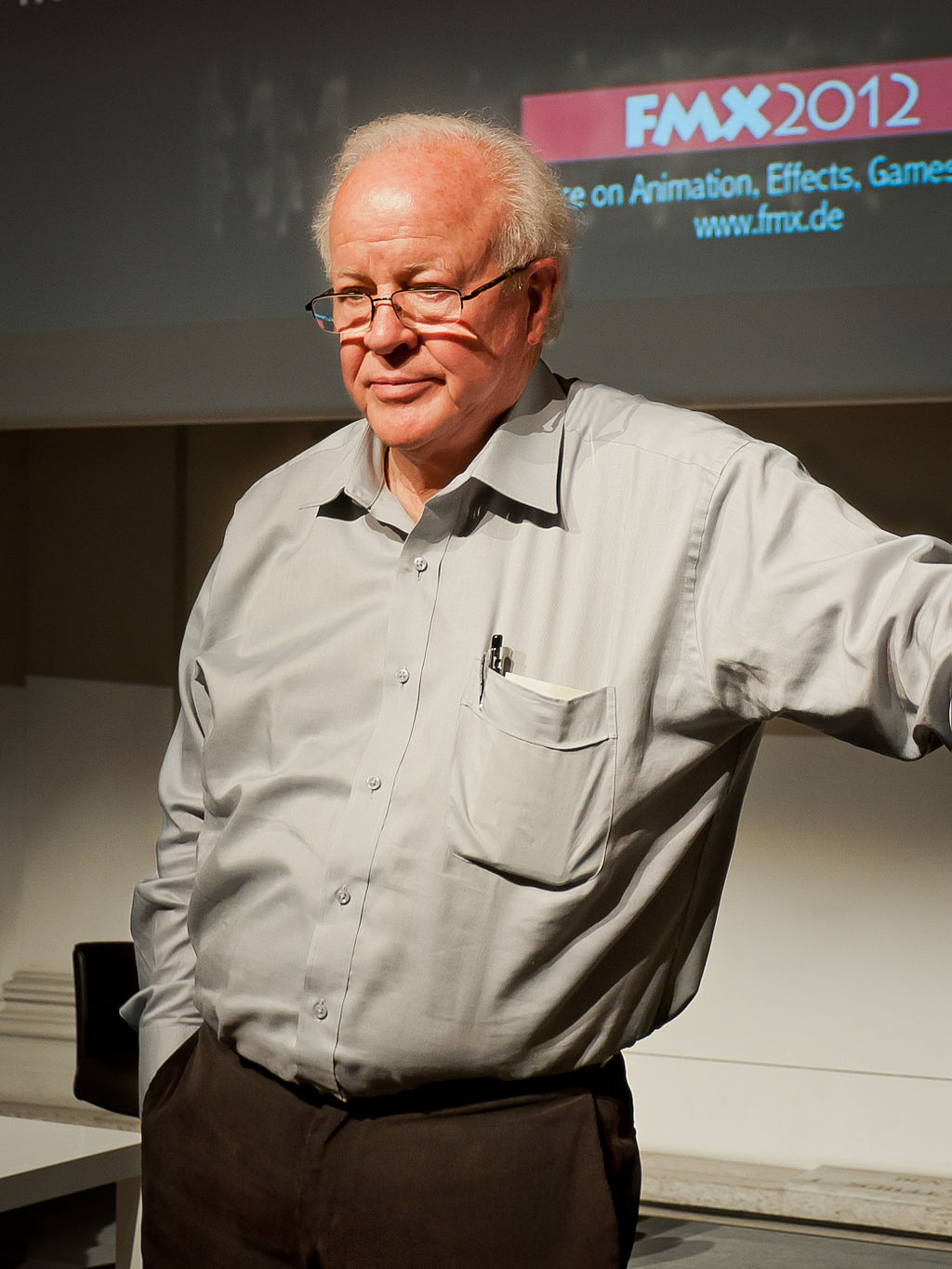
Douglas Trumbull started in special effects in the late 1960s, working on “2001: A Space Odyssey” (1968). His pioneering work in visual effects laid the foundation for his directing career. Trumbull’s films, such as “Silent Running” and “Brainstorm,” are known for their innovative effects and thought-provoking themes. His background in special effects has made him a visionary filmmaker.
Andrew Stanton
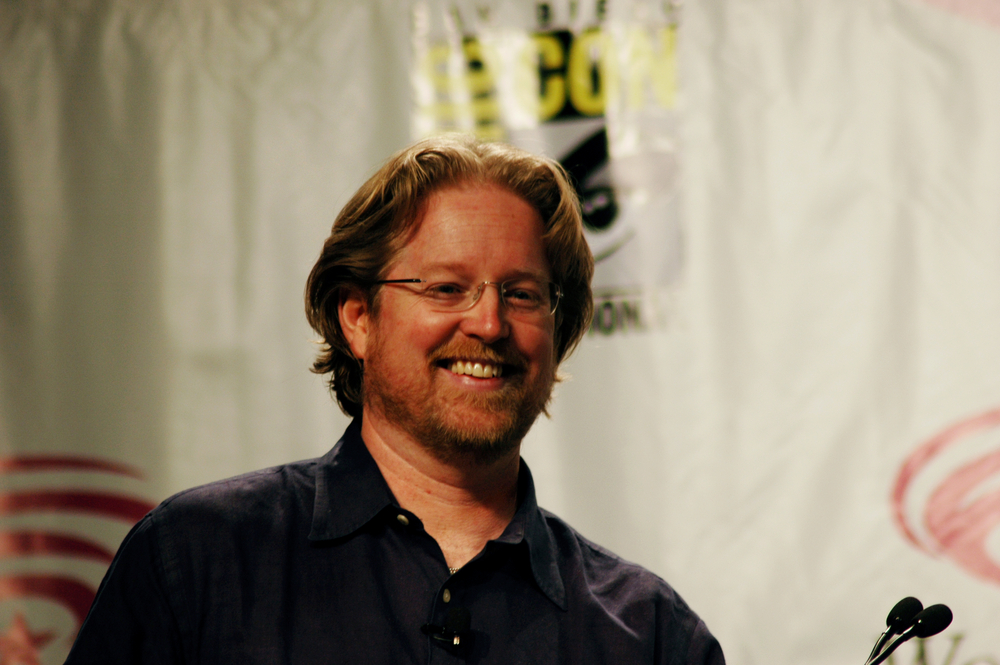
Andrew Stanton started in special effects and animation in the late 1980s at Pixar, contributing to films like “Toy Story” (1995). His storytelling skills were enhanced by his technical background. Stanton directed critically acclaimed films like “Finding Nemo” and “WALL-E,” blending heartwarming stories with stunning animation. His experience in special effects has been crucial to his success as a director.
Gareth Edwards
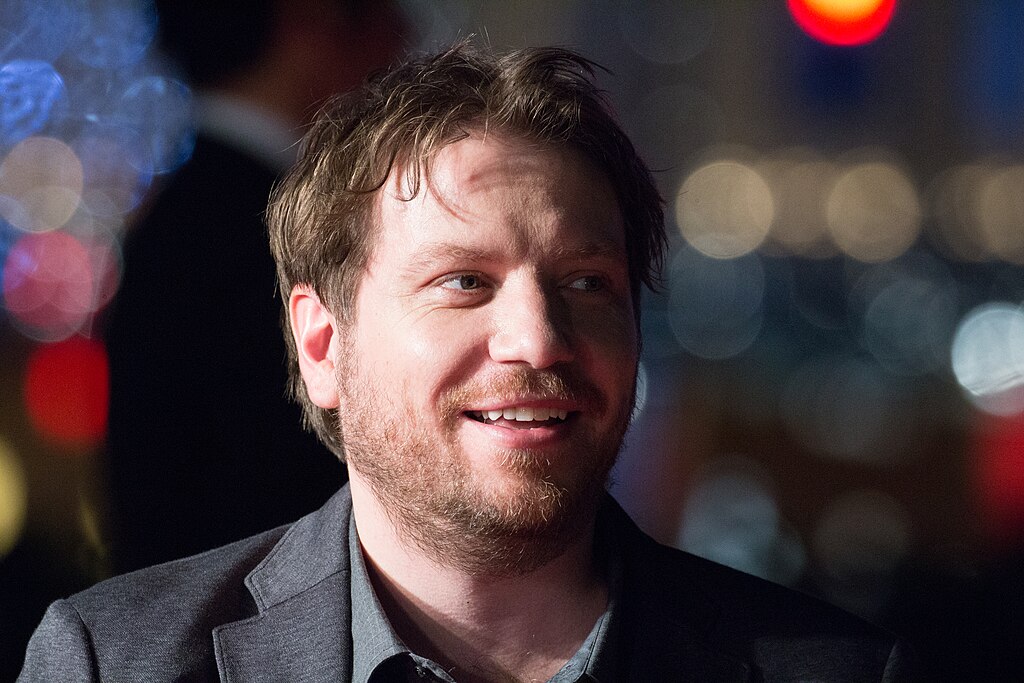
Gareth Edwards began his career in special effects in the early 2000s, working on TV and films. His expertise in visual effects led to his breakout film “Monsters” (2010), where he handled most of the effects himself. Edwards directed major films like “Godzilla” and “Rogue One: A Star Wars Story,” known for their impressive visuals. His background in special effects has been a cornerstone of his directing style.
Jan de Bont
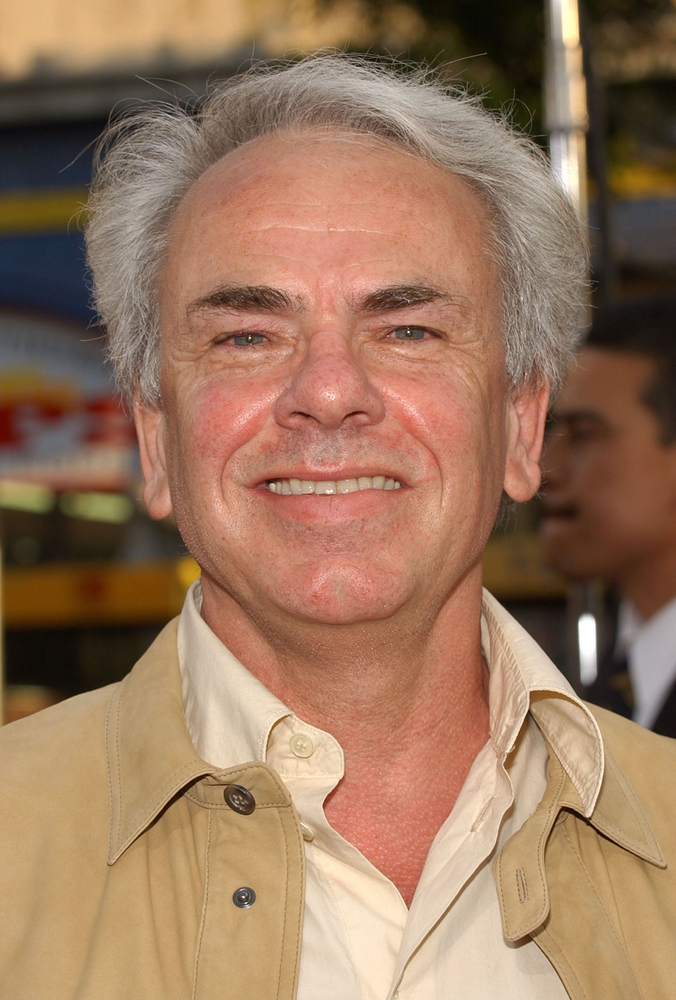
Jan de Bont started in special effects and cinematography in the early 1970s, working on films like “Turkish Delight” (1973). His technical skills influenced his directorial work. De Bont directed action-packed films like “Speed” and “Twister,” known for their thrilling effects. His background in special effects and cinematography has made him a master of high-energy filmmaking.
Dean Devlin

Dean Devlin began his career in special effects in the early 1980s, contributing to projects like “Trancers” (1984). His experience with visual effects shaped his later work as a director and producer. Devlin directed films like “Geostorm” and produced blockbusters like “Independence Day.” His background in special effects has been key to his success in creating visually spectacular films.
Tim Miller
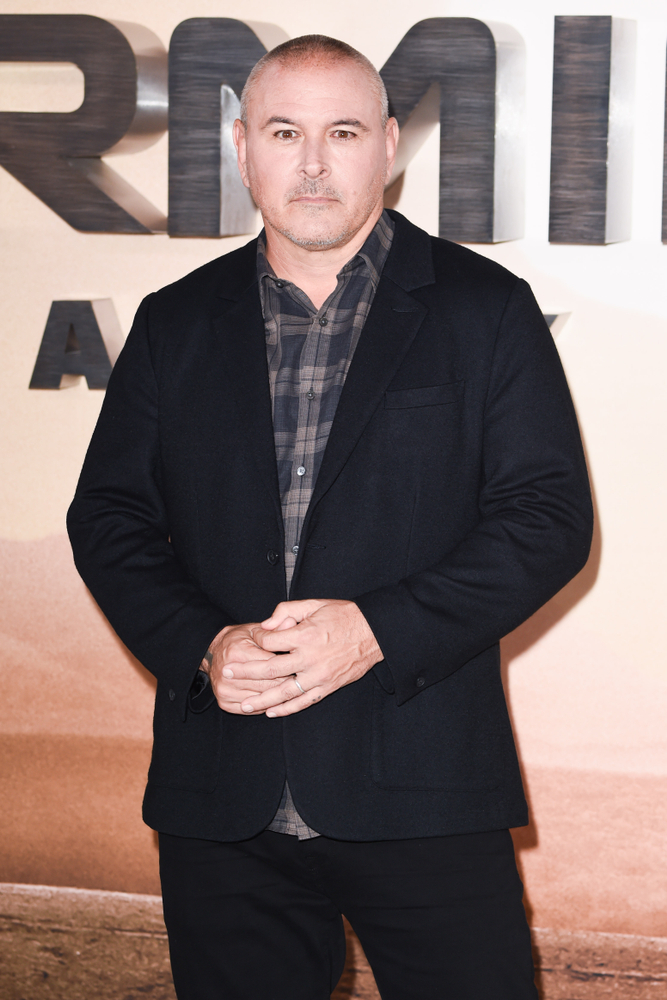
Tim Miller started in special effects in the late 1990s, co-founding Blur Studio. His work in CGI and visual effects led to his directorial debut with “Deadpool” (2016). Miller’s films are known for their sharp visuals and dynamic action sequences. His background in special effects has made him a sought-after director for visually driven projects.
Richard Taylor
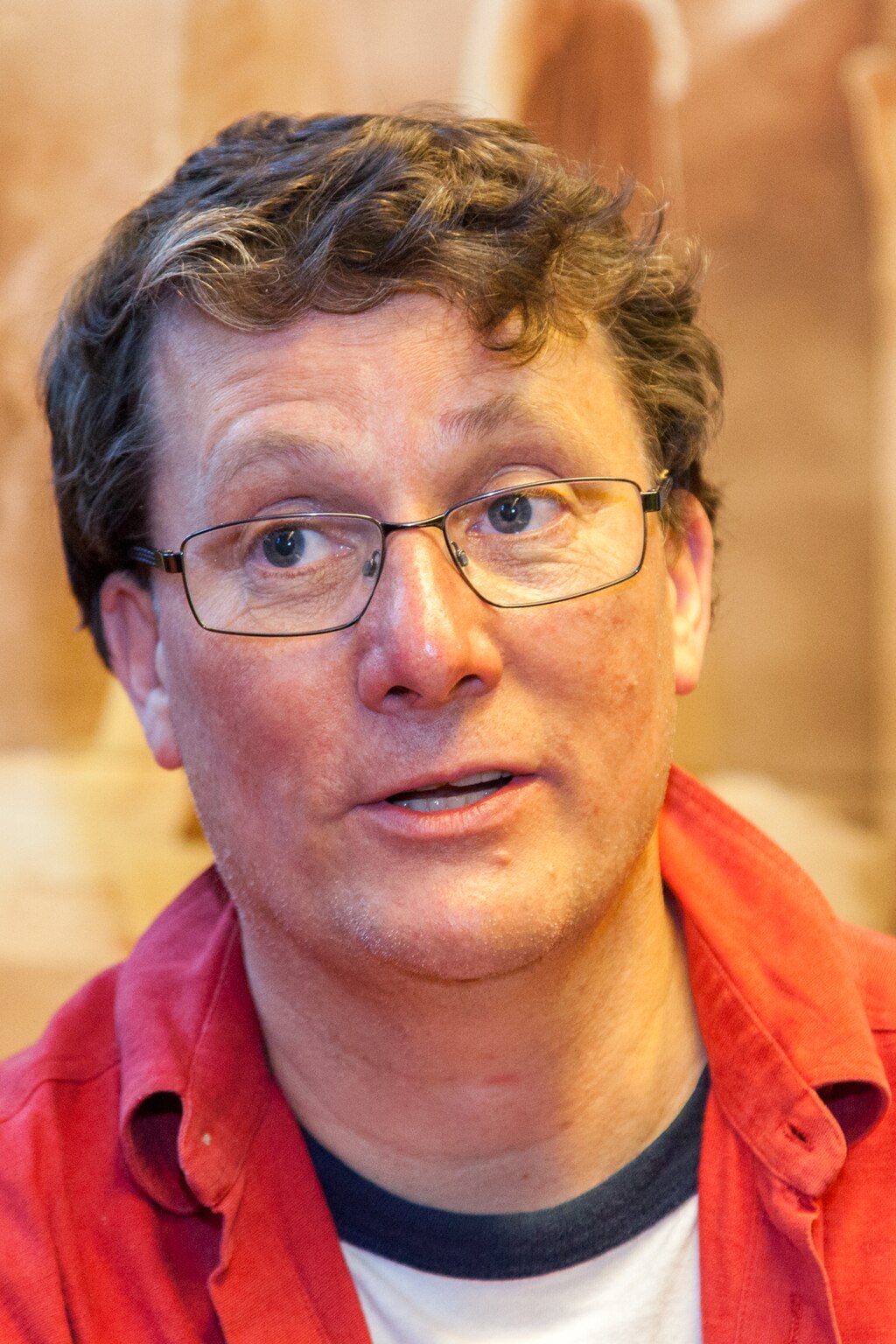
Richard Taylor began his career in special effects in the early 1980s, working on films like “Tron” (1982). His expertise in computer-generated imagery laid the foundation for his directing career. Taylor’s work on “The Lord of the Rings” trilogy showcased his ability to create immersive worlds. His background in special effects has made him a leader in the field of visual storytelling.
This article originally appeared on UnifyCosmos.
More from UnifyCosmos
20 Indigenous Fruits and Creative Ways to Cook with Them

In this article, we’ll explore a selection of indigenous fruits and share creative ways to incorporate them into your dishes, bringing a fresh and authentic touch to your culinary creations. Read more!
22 Natural Remedies for Clear Skin

From soothing aloe vera to nourishing honey, these natural solutions can address common skin concerns. Discover how simple ingredients can promote clear, radiant skin without harsh chemicals. Read more!
16 Home Issues Real Estate Agents Urge You Not to Overlook

Addressing these concerns early makes the process smoother and more profitable. Read more!
Leave a Reply